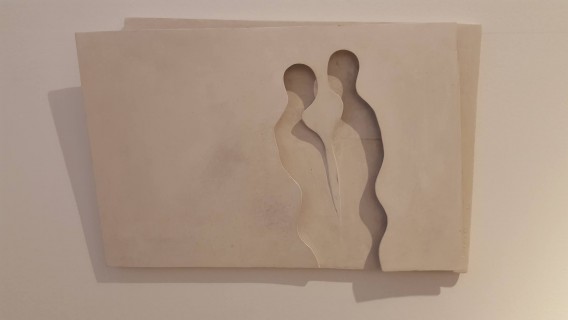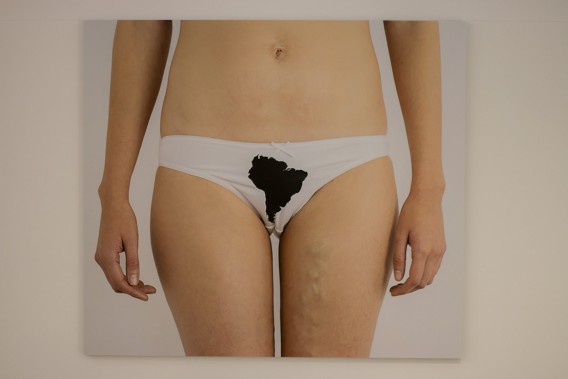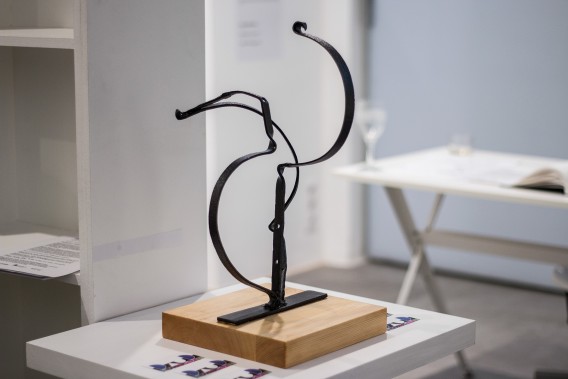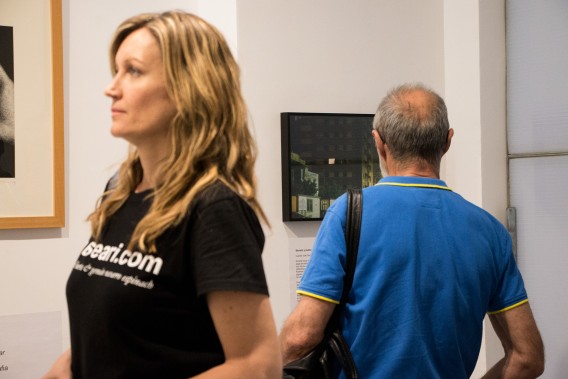Last year La Posta Foundation. Research Center of Image and Museari. Museum of Imaginary, signed a collaboration agreement in order to facilitate cooperation between the two institutions in the field of programming cultural activities related to contemporary art and the defense of sexual diversity. This agreement had a precedent of collaboration with excellent results in the previous season, the first of the seasons of La Posta, with the exhibition The Inverted Classroom. Pedagogical strategies and artistic practices from sexual diversity, organized in the framework of the International Congress on Artistic Education and Sexual Diversity (EDADIS), a project of the FIDEX Research Group (Miguel Hernández University, Altea). For this year, the exhibition “Poetic Museari: Art and provocation from sexual diversity” has been scheduled to take place between 18 June and 16 July 2017. In this context, it seems useful to reflect on the results the collaboration Museari – La Posta, prior to the presentation of the exhibition to be held this year.
Museari is an online museum that displays images of the works through photographs using digital technology. In principle it could be said that this is the current standard, and in that sense it appears to us as a remarkably self-sufficient form. Probably that is why, when he crosses the “fourth wall” of the computer screen to materialize in the analogical reality that constitutes the exhibition space of La Posta, he does not do so much because he seeks to achieve a perfection that would be lacking, another strategy, many of the artists present in the show what they would have sought, before the invitation to show their work in the exhibition space of La Posta, is to do something completely different.
This is the case, for example, of Adolfo Siurana, who when invited to exhibit at La Posta, instead of showing the works already seen in Museari, for example “Hombrías”, a sculpture that in Museari was photographed, so it seems that in his exhibition in La Posta was intended to exhibit as such sculpture ―that supposed refinement to which we referred before. However, the artist opts for something completely different, and what he does is show a previous sketch, which in turn is part of a set of attempts, carried out by testing different formulations of the concept.
 Adolfo Siurana, “Hombrías”, in Museari.
Adolfo Siurana, “Hombrías”, in Museari.
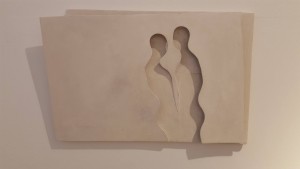 Adolfo Siurana, From the series “Hombrías”, in La Posta Foundation.
Adolfo Siurana, From the series “Hombrías”, in La Posta Foundation.
The same could be said of the work of Alex Meza, who in Museari showed something very plastic, although he was representing with a digital photograph, so it was expected that in the exhibition space of La Posta would have sought that plastic perfection to which we have referred before. However, invited the artist to show his work at La Posta, opts for a completely different strategy and, paradoxically, what he does is show the same idea but now constructed with a photograph, which is to be seen in a physical space (not the virtual space of the museum on line).
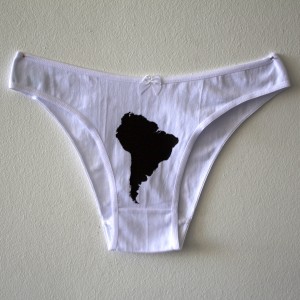 Alex Meza, “Sudamérica”, in Museari.
Alex Meza, “Sudamérica”, in Museari.
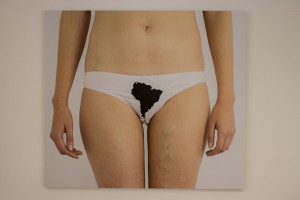 Alex Meza, “Trench”, in La Posta Foundation.
Alex Meza, “Trench”, in La Posta Foundation.
The same happens with Concha Daud, who invited to show her work in the space of La Posta, opts for a radical change. Instead of looking for the supposed perfection of the plastic work he had exhibited in Museari (there mediated by digital photography), showing it as it is. On the contrary, he leaves aside the watercolors and acrylic on cardboard and shows us an iron sculpture.
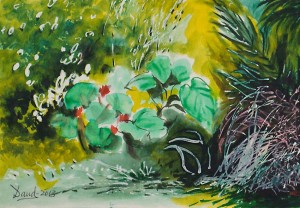 Concha Daud, “Summer”, in Museari.
Concha Daud, “Summer”, in Museari.
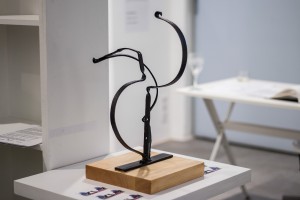 Concha Daud, “Breasts and Hollows“, in La Posta Foundation.
Concha Daud, “Breasts and Hollows“, in La Posta Foundation.
The case of Pepe Miralles is different, because the number of records practiced in his sample in Museari, makes that the exhibition in La Posta is neither equal ―supposedly improved― nor different. In this case, it was the place that occupied his work in the space of La Posta, in the last corner (next to the entrance to the toilet), which endowed the work ―”Secret and Modesty”― a very relevant intimacy.
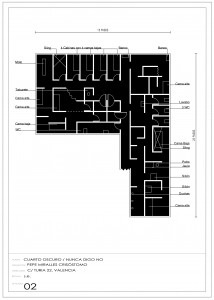 Pepe Miralles, “Black memories“, in Museari.
Pepe Miralles, “Black memories“, in Museari.
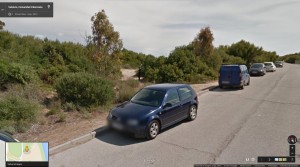 Pepe Miralles, “Crossing the Landscape”, in Museari.
Pepe Miralles, “Crossing the Landscape”, in Museari.
 Pepe Miralles, “Secret and Modesty”, in La Posta Foundation.
Pepe Miralles, “Secret and Modesty”, in La Posta Foundation.


